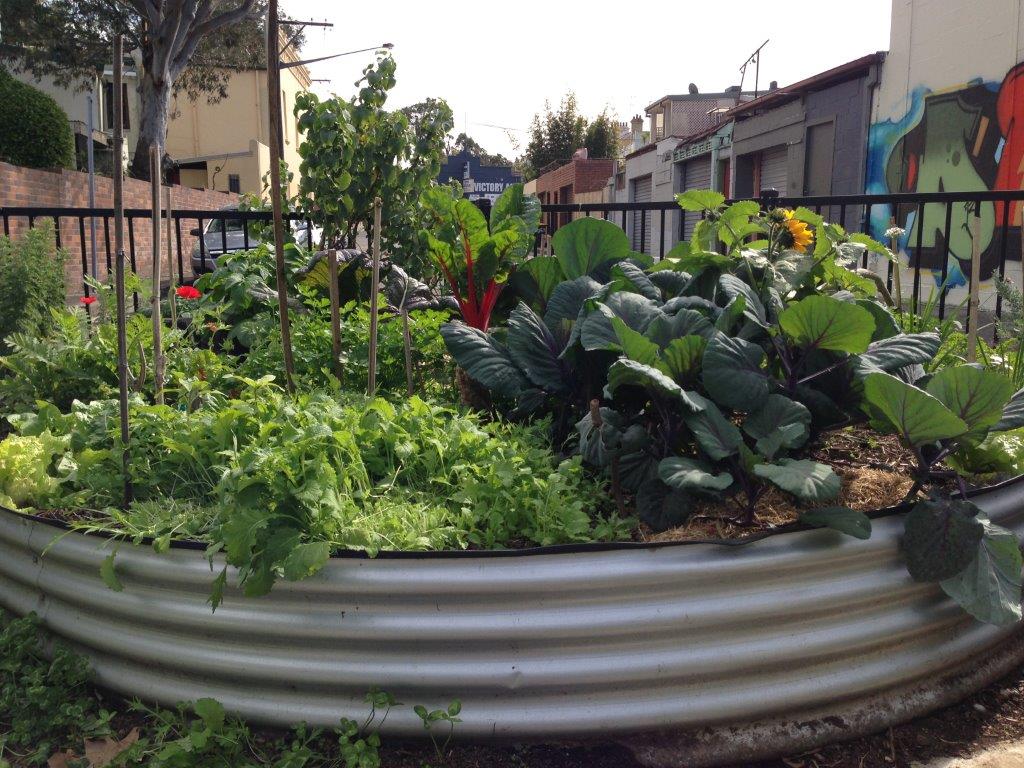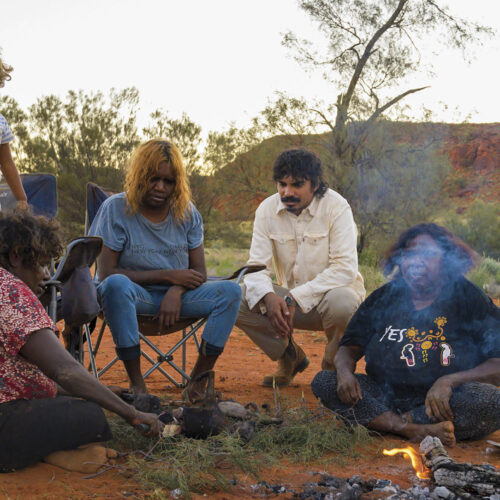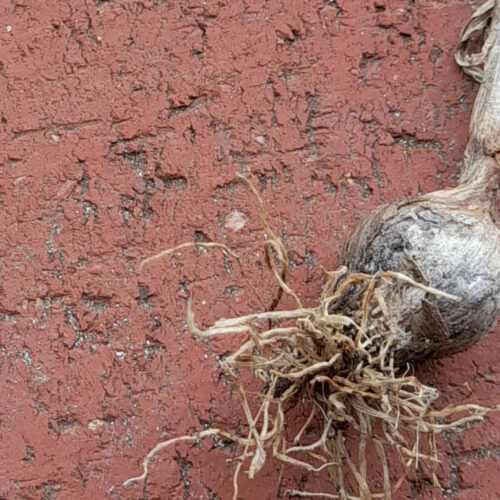Community minded
2013-11-19T02:39:05+11:00
Jacqueline Forster speaks with horticulturist Jon Kingston, head gardener at the James Street Reserve Community Garden in Redfern, where we shot our November/December ‘beans’ cover.
James Street Reserve Community Garden in Redfern was started in August 2010 (officially opened in October of that year) when a group of like-minded community members banded together to rescue a disused and dangerous corner of their neighbourhood.
Horticulturist Jon Kingston has been involved from the start. “I met the founding members on a tour that City of Sydney council did to see successful community gardens from Randwick to Rozelle,” Jon explains. “Kati Westlake (current President) and Sasha Coles got the idea of the garden up and running, then people like Janet Verden (past President), Yvonne Gatenby and Richard Unsworth joined the committee to get all the paperwork done.”
James Street is one of the first legally founded community gardens in Sydney on council land. “We had a lot of support from council but at the same time there was a lot of paperwork to do. I stepped back from that process and came on board when we were physically building the garden.”
Funding stress was eased when member Tamara Kirk organised a generous sponsorship agreement with Burts Bees Australia. “They are very supportive of our garden and have enabled us to do the more expensive things like building the shed and getting the stepping stones in,” Jon says.
The reserve, tucked away behind Cleveland Street, used to be a scary place, frequented by drinkers and drug dealers. “You wouldn’t walk through it during the day with your friends, let alone go anywhere near it at night,” says Jon. “The idea of a community garden was to engage local residents and make the garden safe for families and kids on their way to school.”
But it wasn’t easy growing food in an urban environment. “When we started council was really kind and gave us some soil but nothing grew because it was basically hydrophobic sand that was incredibly alkaline with lots of slag in it. It just wasn’t a suitable growing material,” says Jon. “After that experience we got right into composting and added a lot of manure to get organic matter into the soil. Now we’ve got a pretty rigorous composting system and receive green waste donations and kitchen scraps from the local cafe as well as offices, food outlets and residents.”
A committee administers the garden, holding annual general meetings and monthly working bees. “There are 30 – 40 members of which about 20 are active. Some people come and go through the years and some drop in occasionally. There are a lot of long-standing residents in the area, with a high percentage or urban professionals, but there is also a lot of rental housing which accounts for the turn- over of members that we get.”
Organic principles are applied in the garden and a fair share policy is adhered to. “We’ve got worm farms which we have to keep off site because the worms kept getting harvested,” says Jon with a laugh, acknowledging some of the challenges of urban gardening. Patrick Campbell is the worm-master. He looks after the worms at his home and brings the vermicast and worm wee to garden working bees.
“We found we had to plant our fruit trees two or three times before we actually got to keep them. Initially it’s quite disappointing and then you just get used to it. We didn’t want to be exclusive – it is a public park after all – so we thought we’d give back to the community by enabling them to come and take stuff from five concrete pipe gardens which we plant out for passers-by.”
So what’s growing in the garden at the moment? “We recently built a garden arch over the path to shade the seats during summer which has a bean arbour with stringless green and scarlet runner beans growing on it.
“We’ve planted black cherry tomatoes which are prolific and have a nice sweet fruit. We’ve got lots of different types of basil and we plant leafy greens like rocket, sorrel and mustard in the herbs leis which are around all the beds to promote a beneficial insect population. There are carrots, turmeric, spinach, eggplants, Naga (Bin Jolokia) chillies – the really hot ones – and a bean that we call the Turkish lady bean.”
The story goes that the seeds of this particular bean came from a Turkish lady that lived nearby. “She came by one day and said that her mother had passed away and left some bean seeds that she used to grow in her garden. We had a lot of success with one of them which no one has actually been able to identify so we call it the Turkish lady bean. You can’t eat the pod because it is too chewy but when you dry it out you end up with a small brown bean that is really delicious for making patties.”
Jon collects seeds at James Street too which are shared with other local community gardens. “In spring we had a big seed crop of radishes, turnips and rocket. We do a lot of swapping with Charlie’s garden down the other end of Redfern and I also swap things through the Seed Savers network.
“It’s about experimenting and just seeing what works. Last year we grew some okra and turmeric and we tried garlic but it all went missing so we gave up on that. I’ve been growing fenugreek for two years now and I found you can eat the micro greens. It’s actually an Indian food called methi which you chuck into a curry about five minutes before it’s finished to sweeten it. Having the diversity of new food types certainly helps you expand your repertoire in the kitchen,” he says.
But it’s not just fruit and veg that comes out of James Street says Jon. “I think knowledge sharing is a really important part of being involved in the community garden. When I’m training new members I employ the kookaburra method. In kookaburra families the parents raise the young and then when they grow up they help to raise the next lot of young. I encourage new members to pass on the knowledge that they’ve learnt so everyone benefits.”
Are you a member of a community garden? To let us know what’s growing in your garden and how your community sustains you click here






